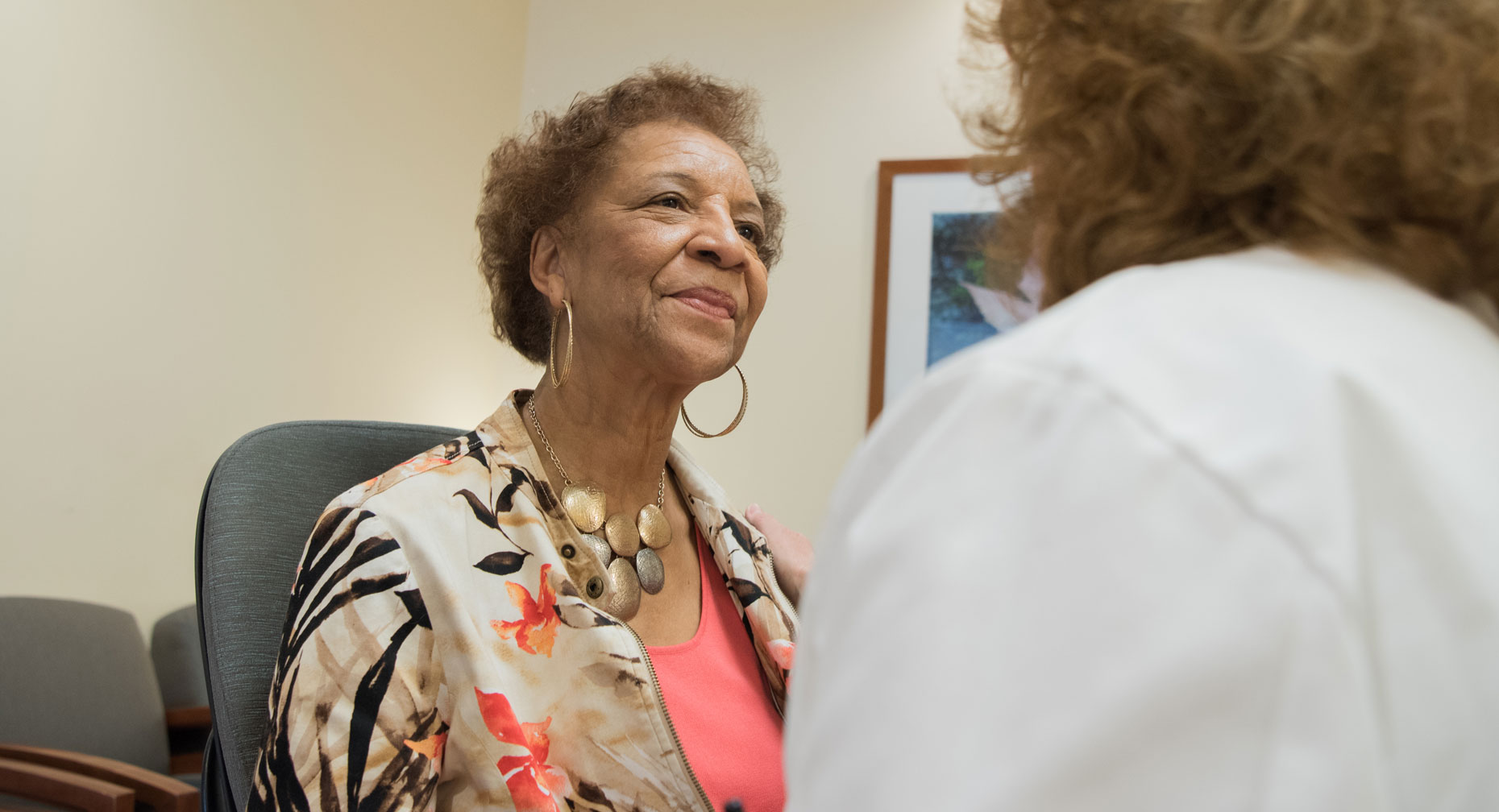Severe Depression? Brain Stimulation May Help

Find Your Perfect Match
Answer a few questions and we'll provide you with a list of primary care providers that best fit your needs.
The pain of depression can be overwhelming. Sometimes depression can be so severe that typical treatments, such as antidepressant medication or psychotherapy, just aren’t getting the job done. For those who need more help, there are options. Brain stimulation therapies can sometimes help.
What is Brain Stimulation Therapy?
To relieve depression symptoms, electricity is applied directly to the brain. It might be delivered through electrodes placed on the scalp or by small implanted generators that send pulses of electricity to the brain. One method applies magnetic fields to parts of the brain.
To help people with depression, a number of brain stimulation therapies are currently available, sometimes in combination with medication and therapy. You and your doctor have treatment options based on your individual needs.
Electroconvulsive Therapy (ECT)
Electroconvulsive therapy (ECT) is one of the oldest and best-studied forms of brain-stimulation therapy. The patient is sedated and receives medication to relax. Electrodes are placed on the head, and an electric current passes through the brain, causing a brief seizure that usually lasts less than a minute.
Treating the brain with electricity might sound painful, but it’s not. People who undergo ECT feel nothing and awaken five to 10 minutes later. They can expect to have ECT treatments about three times a week until the depression improves, often within six to 12 treatments. The doctor sometimes prescribes a series of follow-up maintenance treatments.
Common side effects of ECT can include:
- Headache
- Upset stomach
- Muscle aches
- Memory loss. If experienced, this usually improves over time.
Repetitive Transcranial Magnetic Stimulation
Another option to relieve depression is repetitive transcranial magnetic stiumulation (rTMS). It works by using magnets instead of using electrical pulses to stimulate the brain. A typical rTMS session lasts 30 to 60 minutes and requires no anesthesia. Patients usually have several sessions over a period of weeks.
During the procedure, an electromagnet is held to the patient’s forehead near the area of the brain thought to involve mood regulation. Short pulses of electromagnetic energy travel through the skull and stimulate nerve cells in that portion of the brain. The patient will usually feel just a slight tapping on the head during an rTMS session.
Side effects of rTMS are usually mild but can include:
- Discomfort on that part of the head where the magnet is placed
- Muscle contractions or tingling in the scalp, jaw, or face during the procedure
- Mild headaches or brief dizziness
- Seizures
Magnetic Seizure Therapy
For some people with depression, magnetic seizure therapy (MST) may help. It also uses magnetic pulses to stimulate a specific portion of the brain. The patient is sedated and receives medication to relax. As in electroconvulsive therapy, MST causes a brief seizure. Studies have shown that MST produces fewer memory side effects and shorter seizures than electroconvulsive therapy, and patients recover more quickly. Possible side effects can result from the use of anesthesia and from causing a seizure.
Deep Brain Stimulation
First developed as a treatment for Parkinson’s disease, the use of deep brain stimulation for people with depression is currently an experimental therapy. The surgeon implants two electrodes directly into the brain and a pulse generator into the chest. Stimulation is continuous, and its frequency and level are customized to the patient. This procedure carries the risks associated with any kind of brain surgery.
To relieve depression symptoms, electricity is applied directly to the brain.
Vagus Nerve Stimulation
To improve a person’s mood and depression symptoms, doctors can place a small pulse generator in the chest. The vagus nerve stimulator (VNS) stimulates the vagus nerve, which communicates with the parts of the brain that control mood and sleep.
The Food and Drug Administration recommends reserving VNS for treatment-resistant depression only in certain circumstances:
- If the patient is 18 years of age or older, and
- If the illness has lasted two years or more, and
- If it is severe or recurrent, and
- If the depression has not eased after trying at least four other treatments
Side effects of VNS can include:
- Voice changes or hoarseness
- Cough or sore throat
- Neck pain
- Discomfort or tingling in the area where the device is implanted
- Breathing problems, especially during exercise
- Difficulty swallowing
If you or someone you know is suffering with severe depression that hasn’t responded to treatment, ask your doctor if brain stimulation therapy might be helpful in improving your life.
Find Your Perfect Match
Answer a few questions and we'll provide you with a list of primary care providers that best fit your needs.
Source: National Institute of Mental Health; National Alliance on Mental Illness



.tmb-card-head.webp?sfvrsn=680c0961_8)
